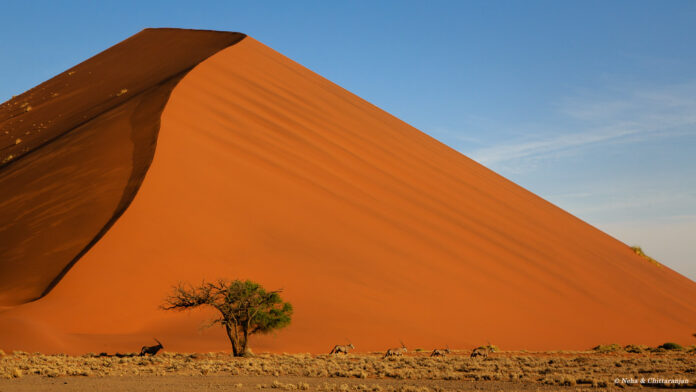You should definitely travel to Namibia at least once in your lifetime because it is a fascinating country in southern Africa. Here are some intriguing facts about Namibia that can sway you to travel there. The following is a list of ten fascinating Namibian facts.
1. The world’s oldest desert is found in Namibia.
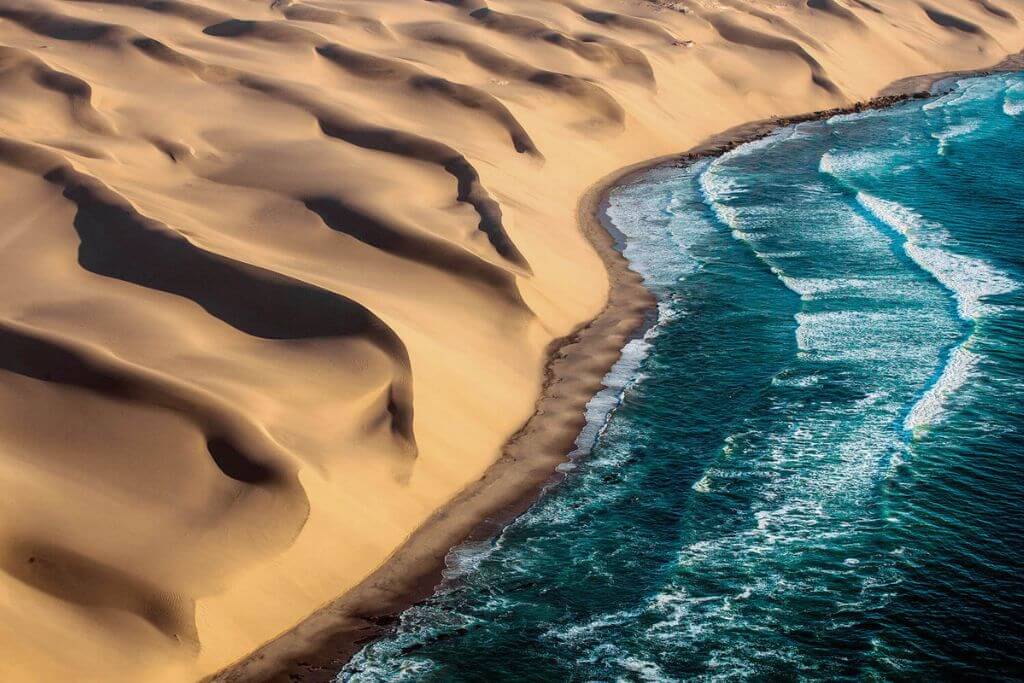
This severely dry ecoregion consists of shifting sand dunes, gravel plains, and rough mountains.
The Namib Desert, the oldest desert in the world, has existed for at least 55 million years and is divided into multiple dry riverbeds despite the absence of surface water. Namibia is renowned for its breathtaking landscapes, including the Namib Desert.
These lush riverbeds are home to a few ungulates, including Hartmann’s zebras.
The only large mammal that can endure this hostile environment is the gemsbok. The southern part of the desert is extremely arid and devoid of dry riverbeds.
An interesting fact about Namibia is that the dense fogs that frequently form along the coast are vital to the survival of the desert because they supply it with enough moisture to support a wide range of diverse, well-adapted animal species.
2. Thirty different languages are spoken in Namibia.
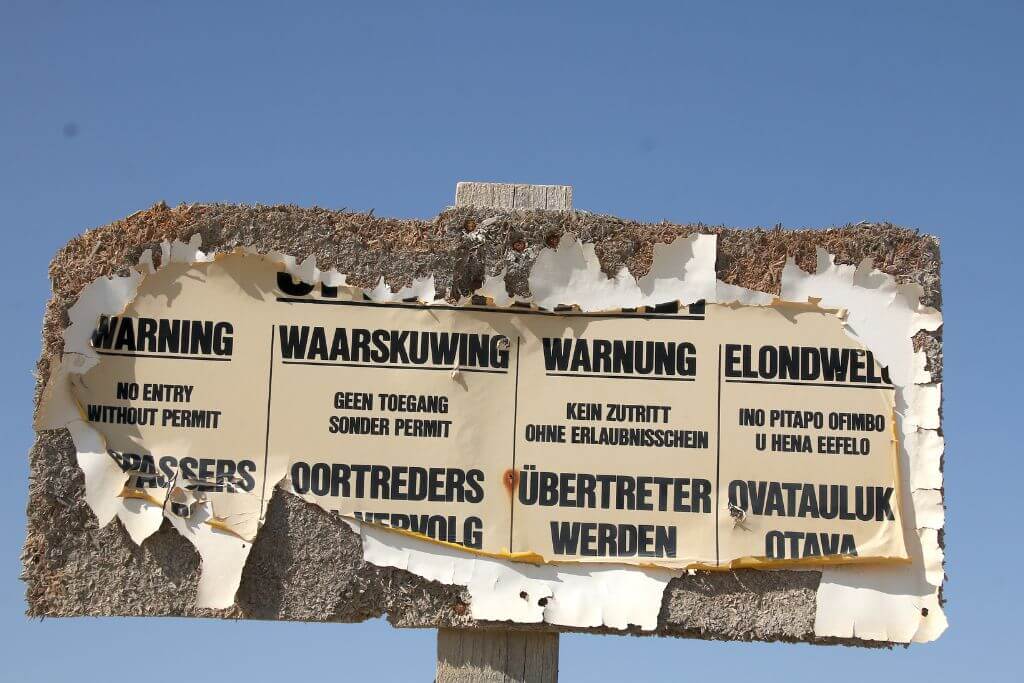
Another interesting fact about Namibia is that there are roughly 30 different languages spoken there.
Namibia is home to more than 11 native languages, but due to its multicultural society, it also has speakers of many more languages.
With 49% of the population speaking Oshiwambo dialects, Khoekhoegowab (11%), Afrikaans (10%), RuKwangali (9%), and Otjiherero (9%), Oshiwambo dialects are the most common languages spoken in Namibian homes.
3. The sand dunes in Namibia are among the highest in the world.
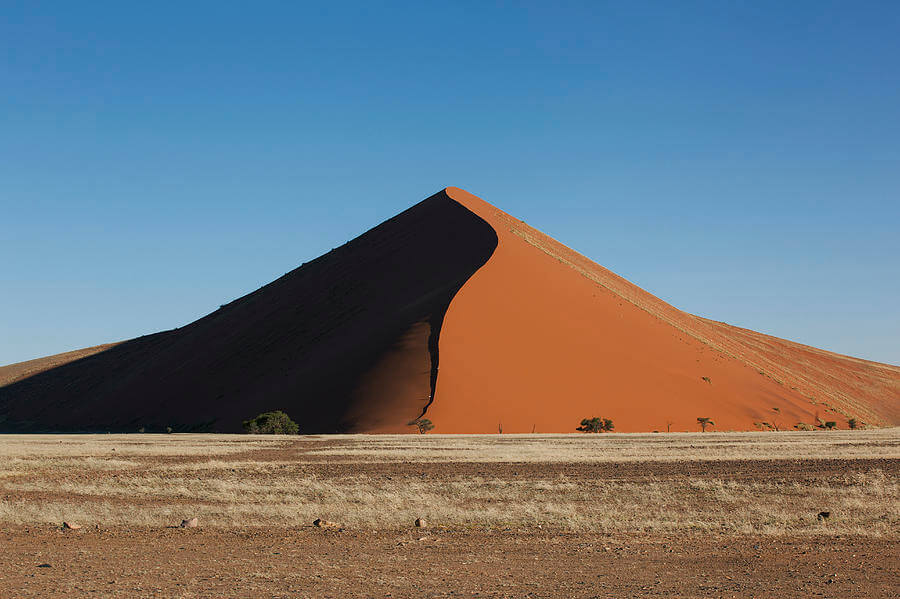
Big Daddy is the Sossusvlei region’s tallest dune. This massive dune, which stands 325 meters tall and dwarfs the other dunes, is located between Sossusvlei and Deadvlei.
For optimal bragging rights, carry plenty of water with you when you hike up Big Daddy’s summit and look down on Deadvlei. One of Namibia’s most well-known attractions is climbing Big Daddy and visiting the Deadvlei.
Despite not being the highest dune in the Namib Desert, Big Daddy is the tallest in the Sossusvlei region at 325 meters. The actual recipient of this honor is Dune 7, which is 388 meters long. Due to its position as the seventh dune along the Tsauchab River, Dune 7 earned its name.
4. The largest meteorite shower ever recorded
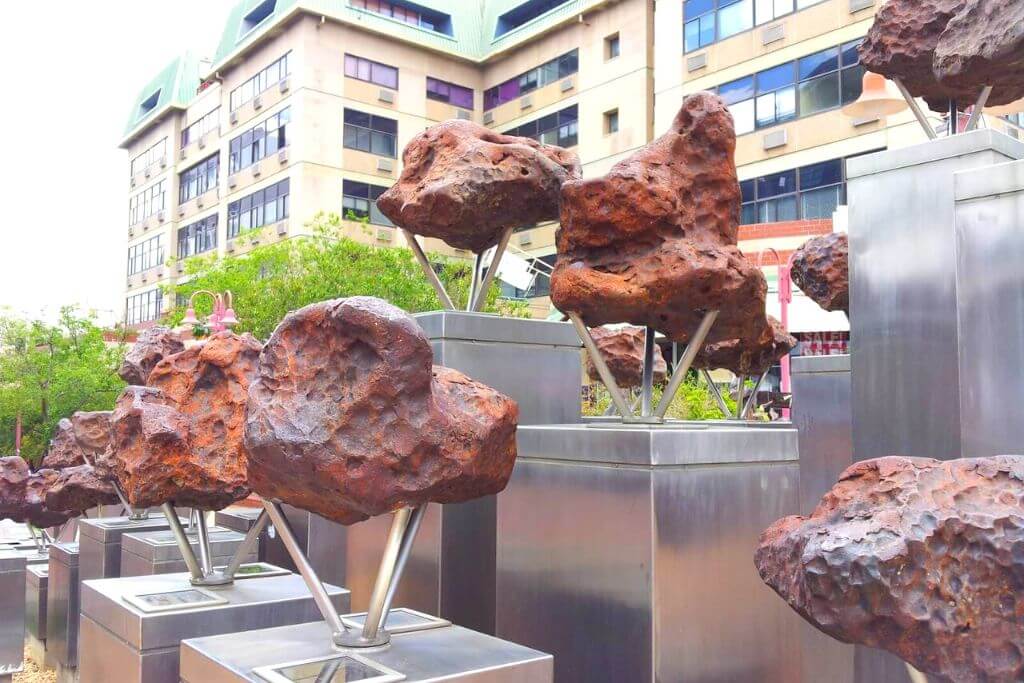
The Gibeon meteorite shower, which has a diameter of about 275 by 100 kilometers and is centered on Brukkaros south of Mariental, is the greatest meteorite shower known to have occurred on Earth.
Southeast of Gibeon is where the majority of the pieces fell. About 120 specimens with a combined weight of nearly 25 tons have been identified to date. In Namibia, an undetermined number had really been gathered but never registered.
In prehistoric periods, central Namibia experienced the Gibeon meteorite shower. The capital of Namibia, Windhoek, has a display of the meteorite shower’s debris.
5. One of Africa’s highest densities of rock art is found in Namibia.
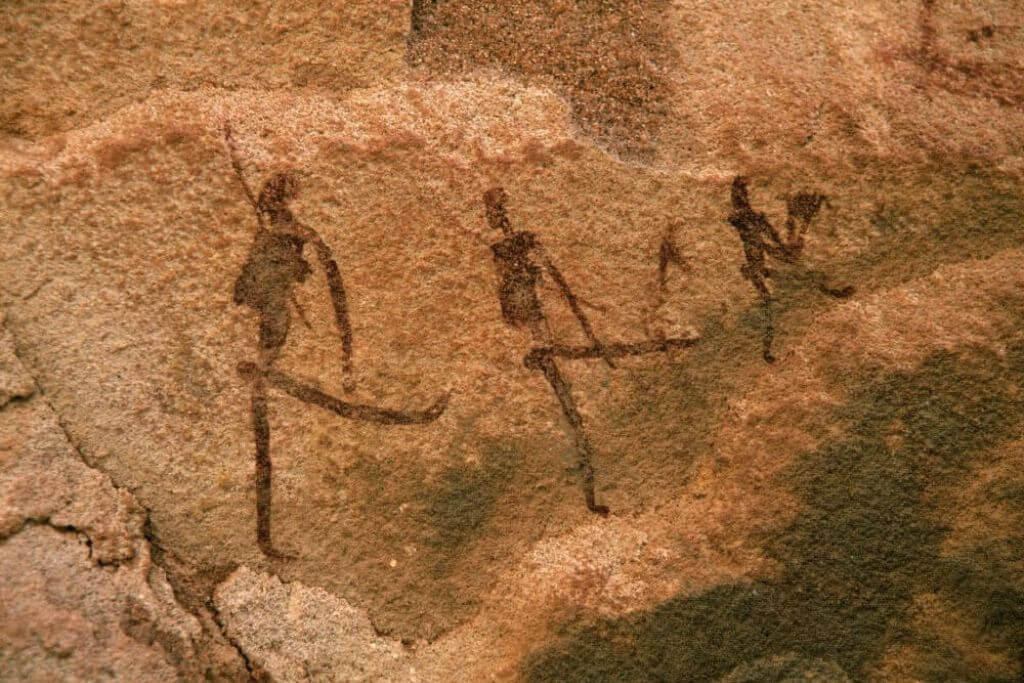
The San (Bushmen), a group of the Khoesan people, are the first known residents of Namibia.
These hunter-gatherers, such as the Ju/’Hoansi, Kxoe, and Kung, traversed Southern Africa’s vast plains for thousands of years before being driven ever-further east into the Kalahari Desert by armed migrants searching for new land to graze their livestock and plant their crops.
Rock art provides ample evidence that the San have lived in Namibia for more than 6,000 years.
6. The world’s largest free-roaming cheetah population is found in Namibia.
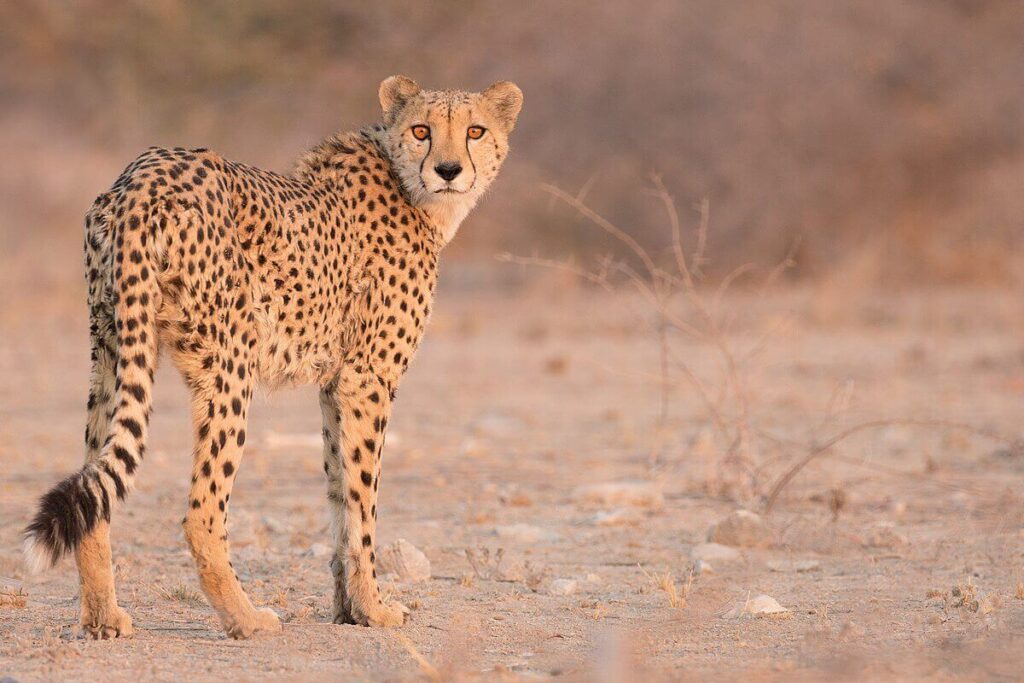
One of the roughly 3,000 cheetahs that wander freely in Namibia can be found at the Cheetah Conservation.
7. The second-largest canyon in the world is also found in Namibia.
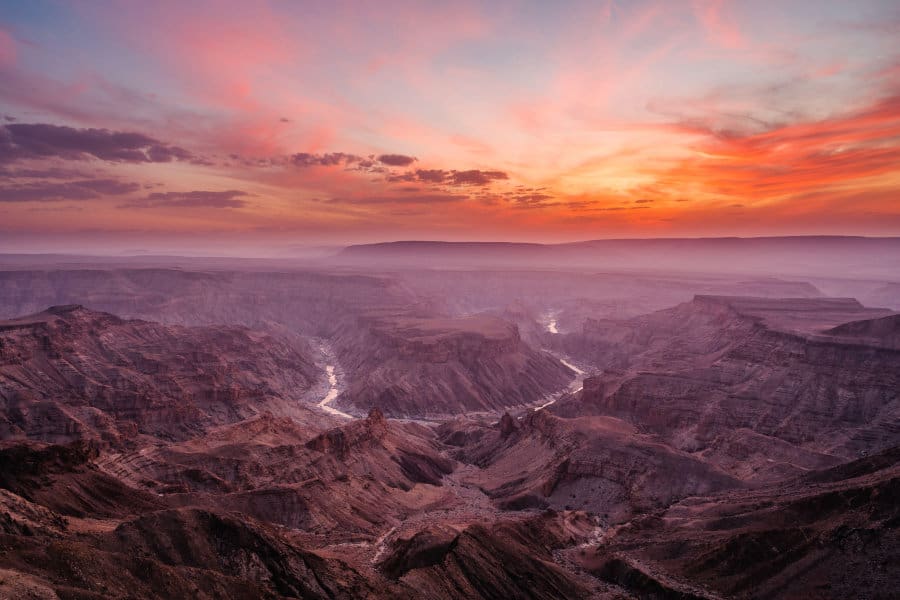
The Fish River Canyon is the oldest place on earth and is situated close to the South African border.
According to research, the canyon was created at least 500 million years ago by the erosion caused by wind and water along with the collapse of the valley floor.
8. Namibia’s most fascinating tribes
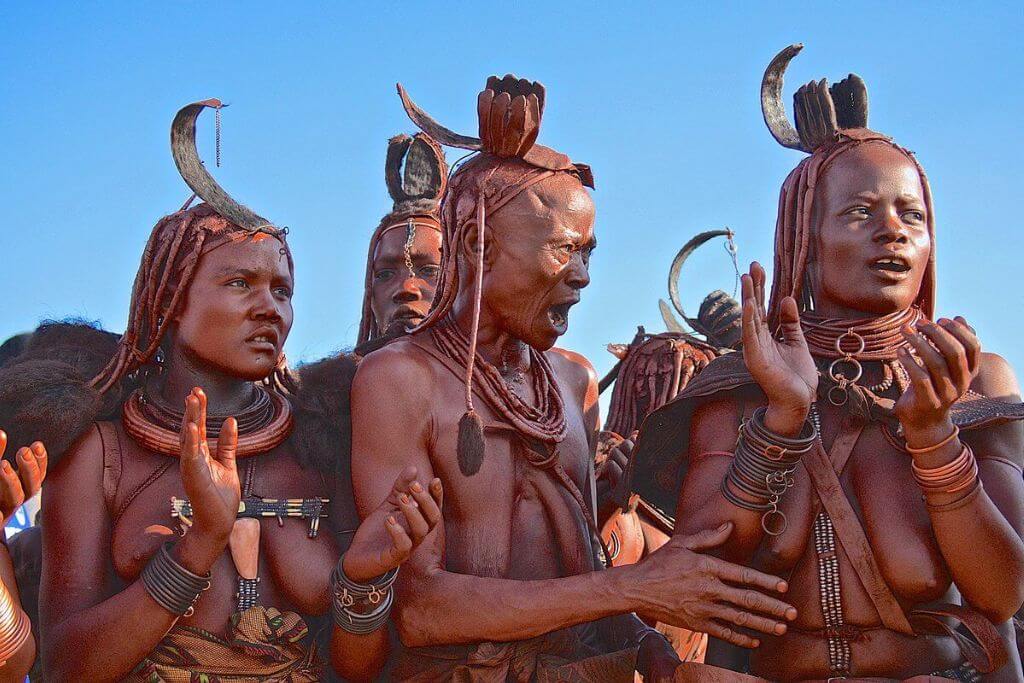
The Himba tribe in the country’s Kunene region has steadfastly maintained its customs and traditions.
They follow traditional religions, eat traditional meals, and wear traditional clothing. The women dress in skirts and expose only their upper bodies. In essence, modernity has had no impact on them at all.
9. The Skeleton Coast is the largest ship and sailor cemetery in the world.
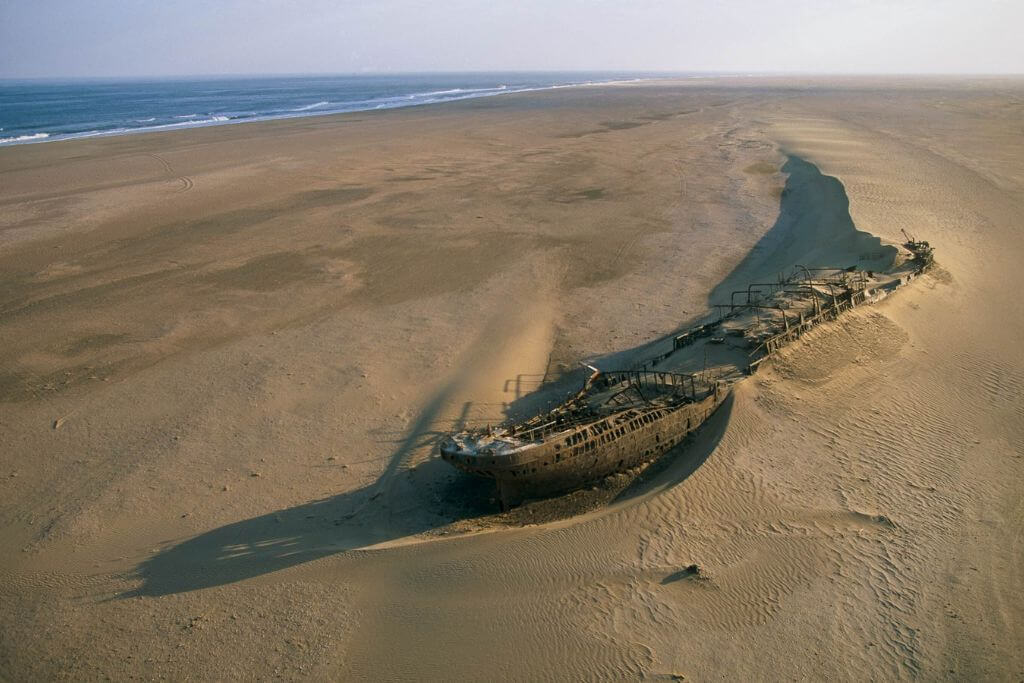
Given the thick fog and the severe storms that frequently pass across this part of Namibia’s coast, many sailors have perished there.
Skeletons of humans and a slate were found together in the 1940s. Anyone who finds the slate is told to go north by a survivor who wrote it. Unfortunately, the collision had taken place almost a century before.
10. The Namibian dollar and the South African Rand are equivalent.
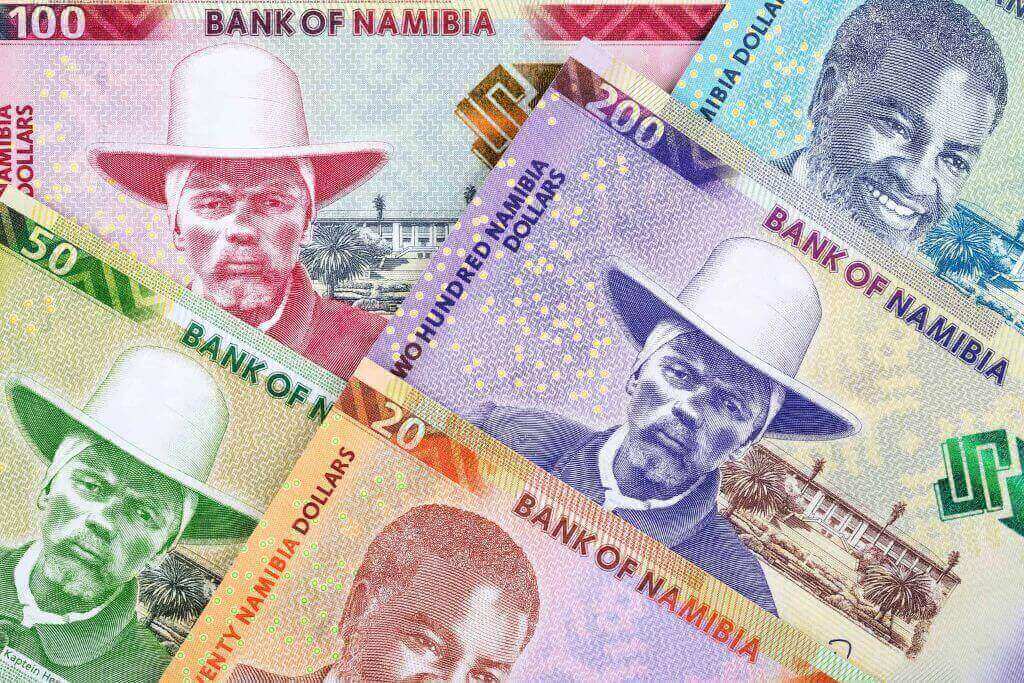
Before gaining independence from South Africa, the nation only used the rand for financial transactions; after that, it began to utilize the Namibian dollar.
The nation currently accepts both currencies. This implies that converting money won’t be necessary if you are taking a safari in South Africa followed by Namibia.
